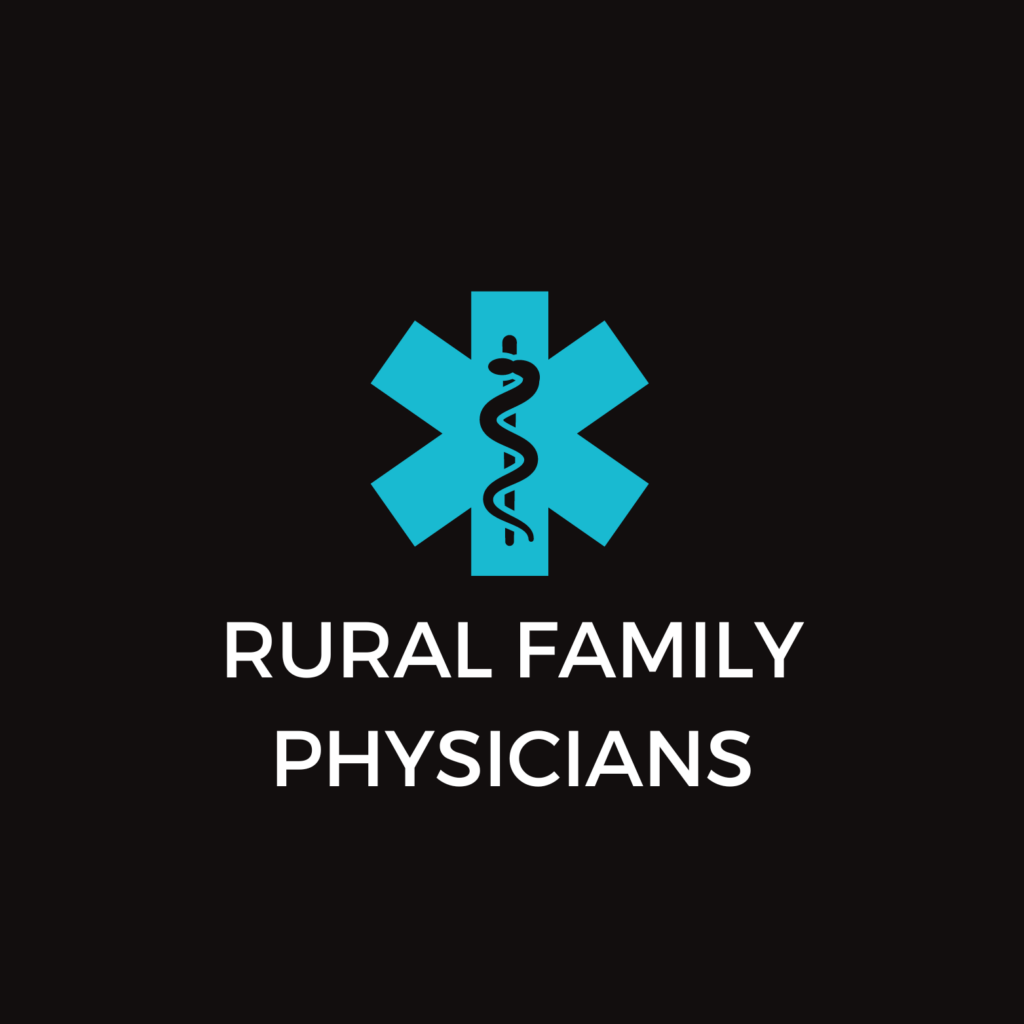A Closer Look: Filling the Rural Provider Gap
Translating Veterans’ Medical Skills into Nursing Careers
Today, at the White House Forum on Military Credentialing and Licensing, Health and Human Services (HHS) Secretary Kathleen Sebelius announced a new program to help military veterans with health care experience or training, such as medics, pursue nursing careers. The program is designed to help veterans get bachelor’s degrees in nursing by building on their unique skills and abilities.
The aging of the U.S. population has tremendous implications for the health care industry, both as employers of an older workforce and as providers of services to a growing number of older patients. By 2050, the U.S. Census predicts that 19.6 million American workers will be 65 years or older, roughly 19 percent of the total U.S. workforce. In fact, the number of individuals in the labor force who are 65 years or older is expected to grow by 75 percent while the number of individuals in the workforce who are 25 to 54 is only expected to grow by 2 percent. By 2016, one-third of the total U.S. workforce will be 50 years or older — a group that may number 115 million by 2020 (Heidkamp, Mabe, & DeGraaf, 2012). Read the full article here.
Profile of Rural Health Clinics: Clinic & Medicare Patient Characteristics
This Findings Brief is the second in a series on RHCs which draws on a large, national secondary dataset that includes data on all RHCs that bill Medicare. Using data extracted from 2009 Medicare outpatient provider claims, this Findings Brief presents a summary of the geographic distribution and clinic-level characteristics of RHCs, as well as an overview of the Medicare beneficiaries they served. Click here to read the study’s key findings.
Immigration Bill Aims to Ease Doctor Shortage



